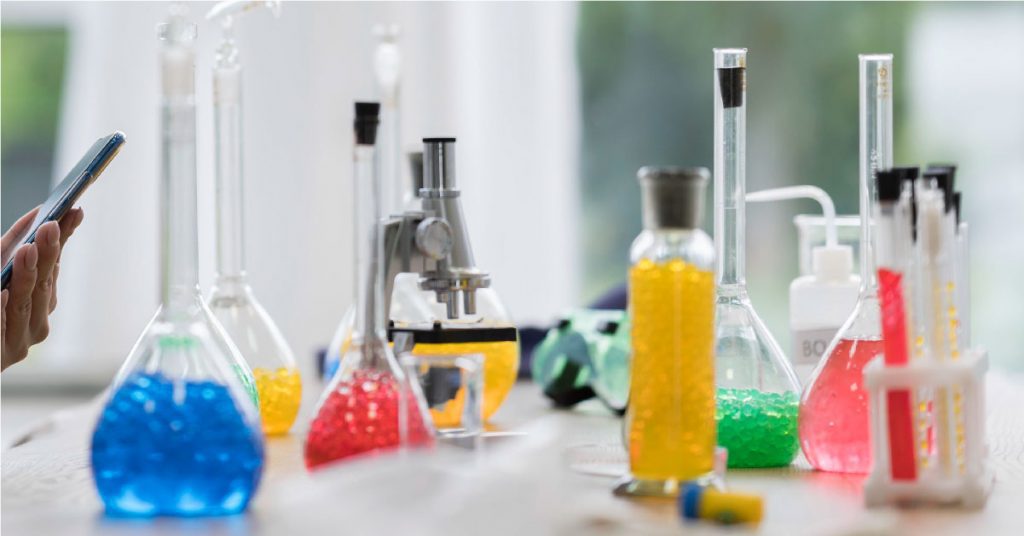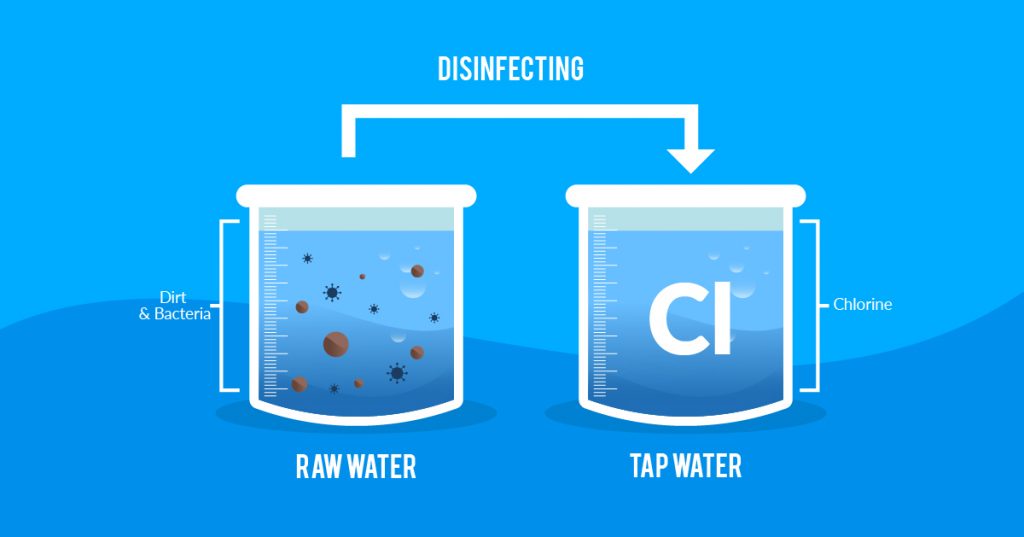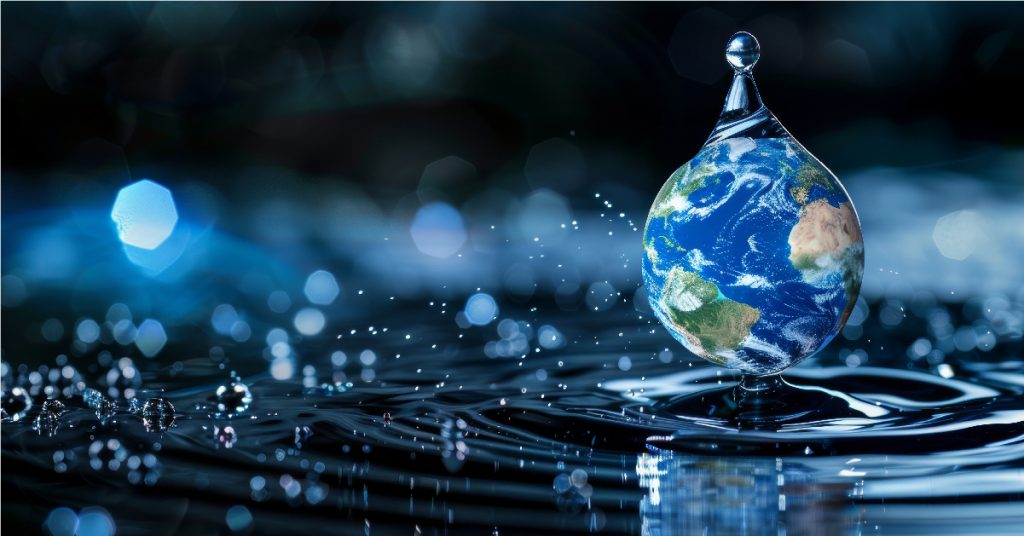Chemical dosing systems are critical components in numerous industrial and commercial applications. These systems ensure the accurate delivery of chemicals to specific processes to achieve desired outcomes, such as water treatment, pH adjustment, and disinfection. In this blog, we will explore the key features and applications of chemical dosing systems, with a focus on their role in water treatment in the USA.
What is a Chemical Dosing System?
A chemical dosing system is a mechanism designed to add chemicals to a process in precise quantities and at specific intervals. This system typically consists of a chemical feed pump, a storage tank for the chemicals, piping, and a control panel. The dosing system is carefully calibrated to ensure that the right amount of chemicals is added to the water or any other process fluid at the right time, which is crucial for optimizing the efficiency of various operations.
One of the most common applications of chemical dosing systems is in water treatment, where chemicals are added to improve water quality. However, dosing systems are also used in various other industries, including wastewater treatment, food and beverage production, and chemical manufacturing. These systems are essential for maintaining the desired chemical properties of water, ensuring compliance with environmental standards, and safeguarding public health.
Key Features of a Chemical Dosing System
1. Precision and Accuracy
One of the most critical features of a chemical dosing system is its ability to deliver chemicals with high precision and accuracy. Whether it’s for pH adjustment, disinfection, or coagulation in water treatment, dosing systems ensure that the correct amount of chemicals is injected into the system to achieve the desired effect. This accuracy is vital for optimizing chemical usage and minimizing waste.
2. Control and Automation
Modern chemical dosing systems are often automated, meaning they can be controlled remotely or programmed to operate on a schedule. Automation not only improves the efficiency of the dosing process but also reduces human error and minimizes the risk of over or under-dosing chemicals. This control and automation are particularly important in industrial settings where large volumes of water or chemicals are being treated.
3. Compatibility with Different Chemicals
Chemical dosing systems are designed to handle a wide range of chemicals, depending on the application. In water treatment, common chemicals used include chlorine, coagulants, flocculants, and acid or alkali solutions for pH control. Dosing systems must be built to accommodate these chemicals, taking into consideration their chemical properties and potential hazards. Systems may be equipped with specialized pumps, valves, and storage tanks to prevent corrosion and ensure the safe handling of these substances.
4. Flow Rate Monitoring
Many dosing systems are equipped with flow rate monitoring capabilities, allowing operators to track how much chemical is being added to the process fluid at any given time. Flow meters are often integrated into the system to provide real-time data on dosing rates, ensuring that the system is functioning within the desired parameters. This feature is crucial for maintaining consistency in the dosing process and ensuring that chemical concentrations remain within safe and effective limits.
5. Safety Features
Safety is a top priority in the design of chemical dosing systems, especially in industries where hazardous chemicals are being used. Most systems come with safety features such as pressure relief valves, leak detection sensors, and automatic shut-off mechanisms in case of a malfunction or overdosing. Additionally, proper training is required for operators to handle the system safely and prevent any accidents or mishaps.
Applications of Chemical Dosing Systems
1. Water Treatment
Chemical dosing systems are extensively used in water treatment processes across the USA. In municipal water treatment plants, chemical dosing is employed for various purposes, including disinfection, coagulation, flocculation, and pH control. For instance, chlorine is often dosed into the water to kill harmful microorganisms, while coagulants are used to remove suspended solids. The dosing system ensures that the chemicals are added in precise amounts to meet water quality standards and make the water safe for consumption.
2. Wastewater Treatment
In wastewater treatment facilities, dosing systems play a key role in the treatment of industrial or domestic wastewater. Chemicals such as chlorine, ozone, and disinfectants are commonly dosed into wastewater to eliminate harmful pathogens and improve water quality before it is released back into the environment. Dosing systems are also used in wastewater plants to manage the treatment of effluents, ensuring compliance with environmental regulations and standards.
3. pH Control
In various industries, maintaining a specific pH level is critical for optimizing processes and preventing damage to equipment. Chemical dosing systems are used to inject acids or alkalis to adjust the pH of water or process fluids. For example, in the food and beverage industry, the pH of water is often controlled to maintain product quality, while in chemical manufacturing, pH control is necessary for maintaining optimal reaction conditions.
4. Cooling Tower Water Treatment
Cooling towers in industrial and commercial settings require regular treatment to prevent scale build-up, corrosion, and microbial growth. Chemical dosing systems are used to inject scale inhibitors, biocides, and corrosion inhibitors into the water circulating through the cooling towers. This ensures that the water remains clean and efficient, improving the lifespan of the cooling equipment and reducing operational costs.
5. Agriculture and Irrigation
In agriculture, chemical dosing systems are used to add fertilizers, pesticides, and other chemicals to irrigation water. This enables farmers to apply precise amounts of nutrients and treatments to their crops, improving yields while minimizing chemical waste and environmental impact. The ability to automate dosing systems makes this process more efficient and cost-effective.
Why Chemical Dosing is Essential for Water Treatment in the USA?
The USA has stringent water quality standards set by the Environmental Protection Agency (EPA), and chemical dosing systems are crucial for meeting these standards. Whether it’s municipal water treatment, wastewater treatment, or industrial processes, accurate chemical dosing ensures that water is safe and clean for use. The need for safe drinking water and effective wastewater management is a growing concern, particularly in areas with water scarcity or contamination.
Precision Chemical Dosing with Ion Exchange’s INDION Systems
INDION Chemical Dosing Systems are engineered to provide accurate and efficient chemical dosing for water and wastewater treatment applications. These systems feature a solution preparation cum dosing tank paired with a state-of-the-art diaphragm-type electronic metering pump, ensuring precise chemical delivery. Designed for seamless integration, INDION Chemical Dosing Systems can be connected to various INDION instruments, including pH controllers, Redox potential controllers, chlorine analyzers, and flow meters, enabling automated and optimized chemical dosing for enhanced treatment efficiency.
Conclusion
A chemical dosing system plays a pivotal role in maintaining water quality and supporting various industrial processes in the USA. With their ability to deliver precise amounts of chemicals, ensure compliance with water treatment standards, and improve efficiency, dosing systems are indispensable in applications ranging from water treatment to pH control and cooling tower maintenance. Whether you’re looking to optimize water treatment processes or improve the safety and quality of your water, a chemical dosing system is an essential tool.
Contact us to learn more about how we can support your chemical dosing requirements.





